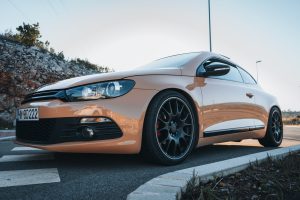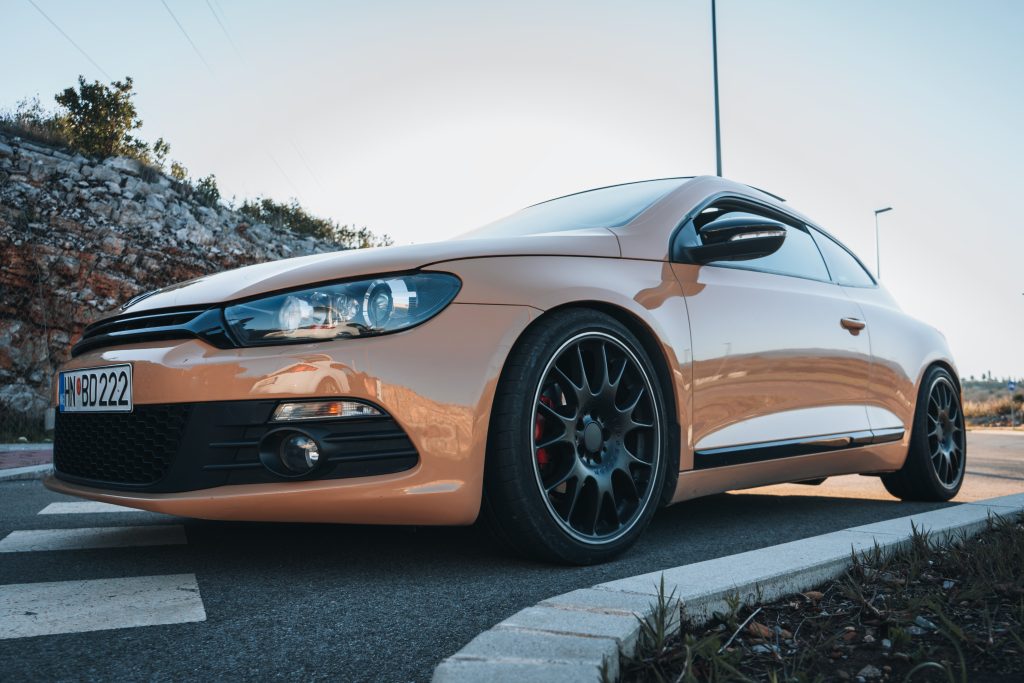Budget Cars For Students To Travel
The question of whether a high school graduate “needs” or “wants” an automobile is the first challenge that must be overcome. Is a car necessary for participation in this specific college activity? If it doesn’t, owning a car will be nothing more than an additional expenditure for gas, insurance, and maybe parking. Additionally, it will be a source of stress.
There are certain educational institutions that do not let first-year students have automobiles on campus. Permits are required to park on the campuses of several educational institutions. Having a car while attending college might be a significant burden. If driving one’s own vehicle to and from work or an off-campus living isn’t required, then having a personal vehicle is likely more of a desire than a must. If this is the case, you might want to think about passing on it, at least for the first couple of years.
However, if driving a car is a need for you as a student, then you should find the most affordable option. But before that, make sure you have mastered your driving skills. For busy students, it might be a problem to find time for driving practice. When I was in a similar situation, I asked academic experts of Edubirdie, so I had a chance to focus on other important goals. Luckily, there are a lot of online companies providing such services to students nowadays.
Once you are confident in your driving skills, you can move on to choosing a car. Consider some great suggestions of budget cars offered below.
Toyota Corolla
Toyota Corolla has a low cost of ownership and a solid track record of reliability. The base variant of the Corolla, known as the L, has the lowest starting price. You may upgrade to the LE trim level for just $450 more than the base model. It comes standard with much more features and conveniences, such as an automated temperature control system, remote keyless entry, and a center armrest for the back seats.
The Toyota Safety Sense 2.0 system is standard on all Corolla models. A forward accident warning, automatic braking, cruise control, lane-keeping assist, lane centering, traffic-sign recognition are all included in this set of driver aids.
Hyundai Elantra
The Hyundai Elantra had a comprehensive redesign around two years ago. The base SE model is reasonably priced, and it offers a lot for the money, including an EPA-estimated 37 mpg combined fuel mileage and Hyundai’s SmartSense suite of safety driver-assist features. Ahead collision warning, automated emergency braking, lane-keeping assistance, lane centering, blind-spot monitoring, and rear cross-traffic alert are all included in this set.
High-beam assist, a touchscreen display measuring 8 inches, wireless versions of Android Auto and Apple CarPlay, communication through Bluetooth incorporating speech recognition, and two USB ports are all included.
Mazda3
The IIHS has awarded Mazda with the Top Safety Pick+ title for the Mazda3. In combined city and highway driving, the car achieves an estimated 31 miles per gallon, according to the authorities. The Mazda3 is capable of delivering exceptional maneuverability, and it can be equipped with all-wheel drive (AWD). This vehicle may be equipped with all-wheel drive (AWD), which is another reason why we consider it to be one of our picks for the best snow cars.
From the inside, the Mazda3 gives the impression of being more costly than it actually is. Forward collision warning, lane-keeping assist, adaptive cruise control, driver attention alert, and high-beam assist are all included on the base model Mazda3, but blind-spot monitoring is reserved for the Select trim.
Kia Seltos
The Kia Seltos is a subcompact SUV, yet it offers unexpectedly substantial amounts of space inside. Every model of the Seltos comes standard with a comprehensive set of safety features, earning it the designation of an IIHS Top Safety Pick in every configuration. These features include forward collision warning with emergency braking, lane-departure warning, lane-keeping assist, and high-beam assist. To get the additional safety features of blind-spot monitoring and rear cross-traffic warning, you will need to upgrade to the S trim, which will set you back an additional $50.
Bluetooth with speech recognition, Apple CarPlay, Android Auto, and a single USB port are included as connectivity technologies in this car.
Hyundai Kona
The Hyundai Kona is a subcompact SUV that provides an outstanding value for the money. Because of its compact size, it is simple to find parking on campus, and the space in the back that can be used as a cargo hold is ideal for transporting various items. Connectivity via Apple CarPlay and Android Auto are also included as standard features. With the gas engine, you may get up to 35 miles per gallon in terms of fuel economy.
The Kona has already been on the market for a few years and has demonstrated its reliability. Additionally, it was selected as a Top Safety Pick by the IIHS.
Kia Soul
The Kia Soul is the most cost-effective compact car we’ve looked at, which is a major selling point. However, its low cost isn’t the only reason it’s included here. Aside from that, the price-to-quality ratio is superb. Standard safety features include front collision warning, lane-keeping aid, and a driver-attention alert. Upgrade to the S trim level (an additional $2,500) and get standard lane departure warning, blind spot collision avoidance, automatic high beams, and rear cross-traffic collision avoidance; these features are not available on the base LX model.
In terms of connectivity, the entry-level model offers Bluetooth (without voice recognition), Apple CarPlay, Android Auto, and a single USB port.


